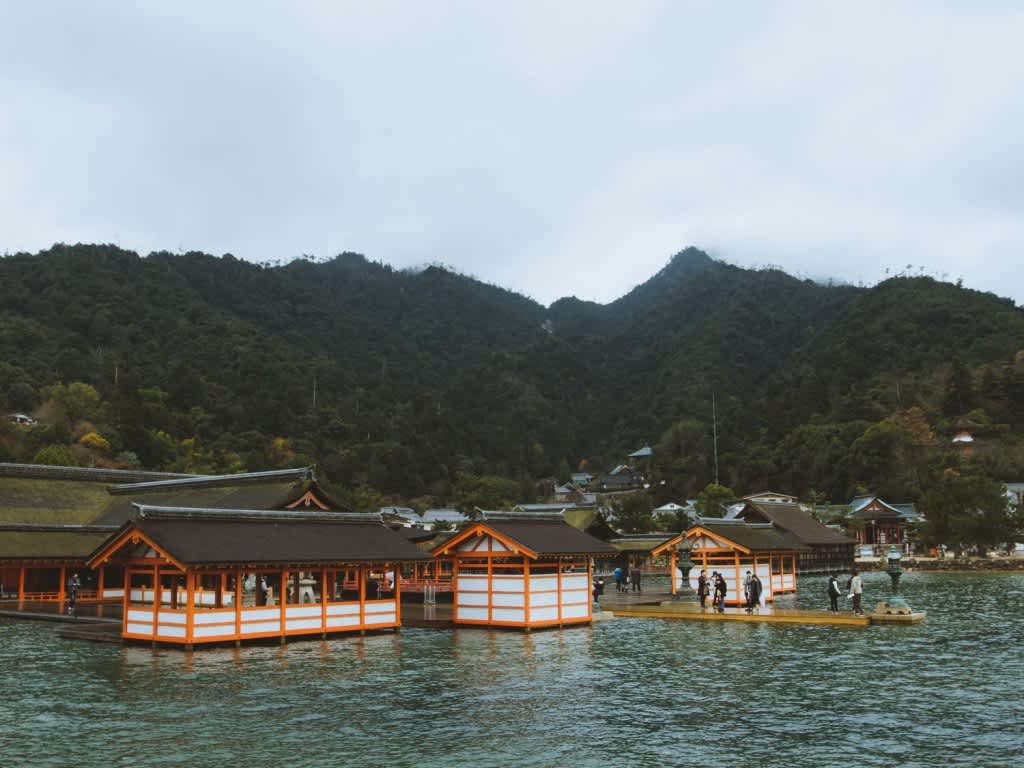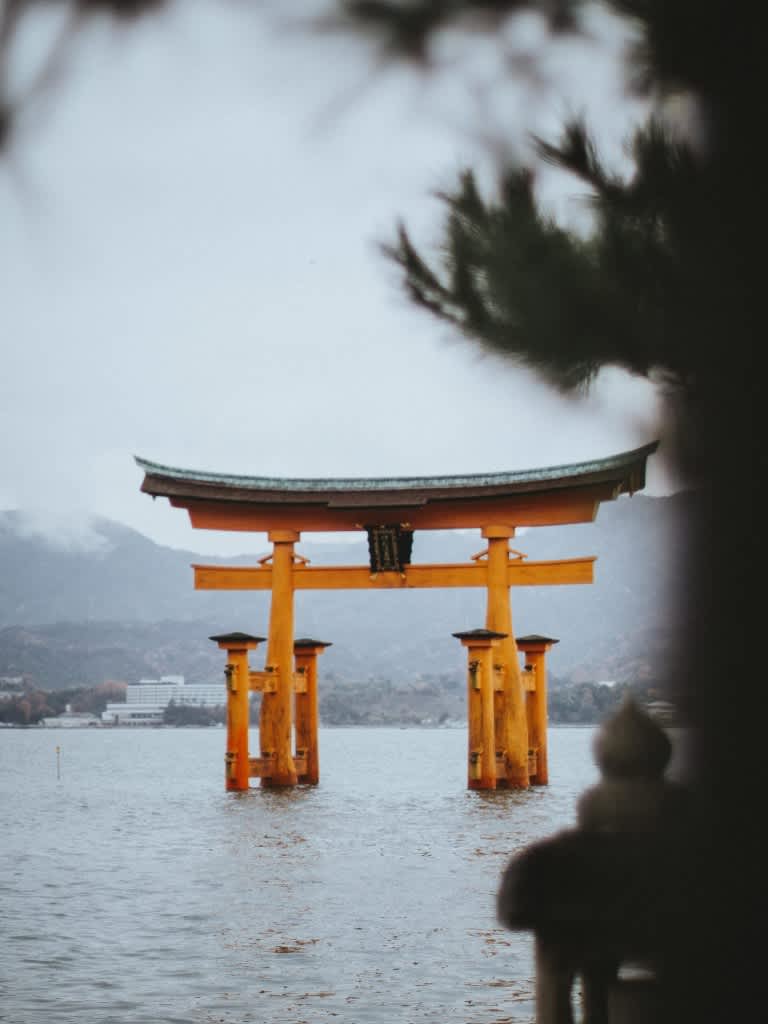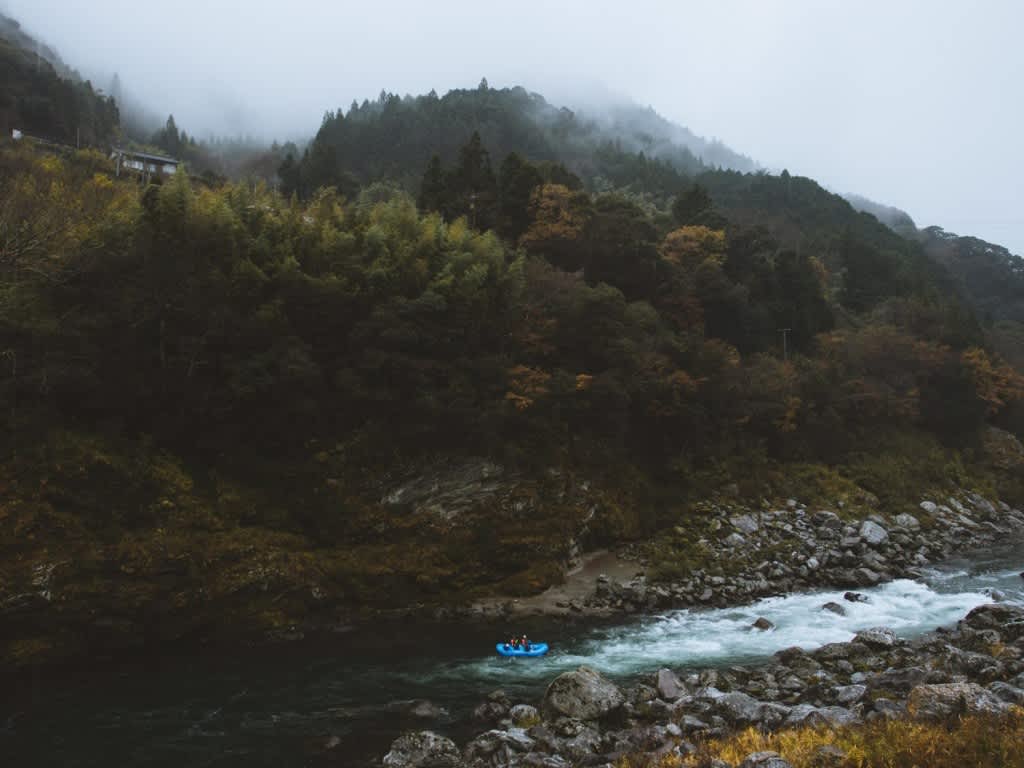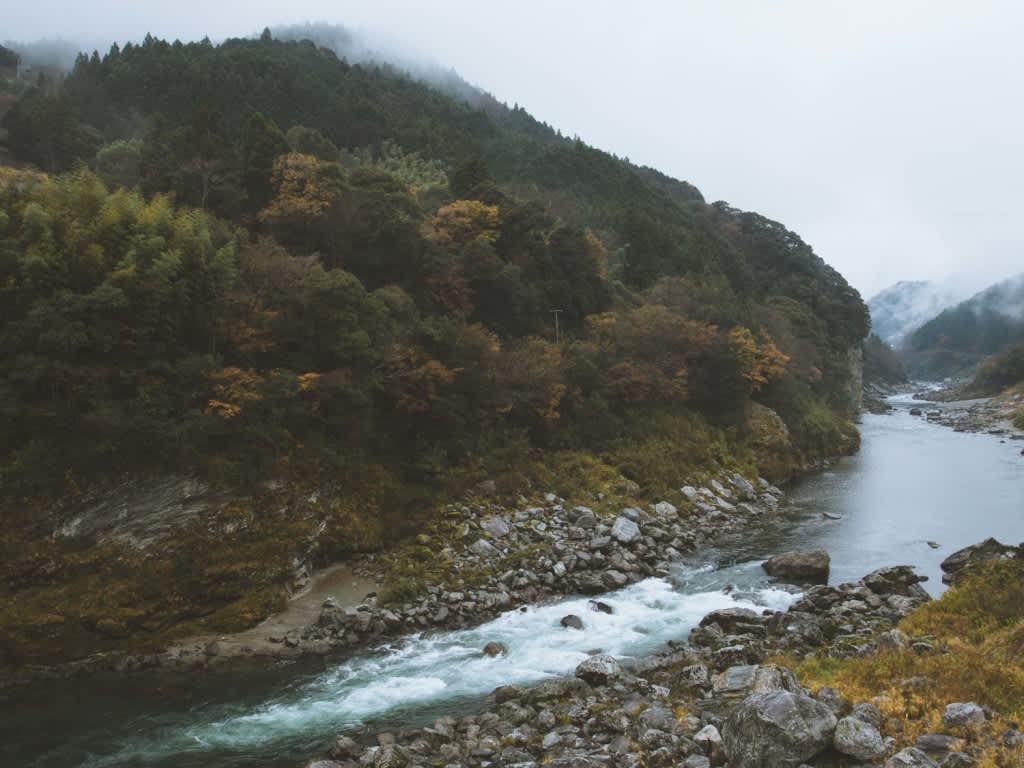Written by Levi Caleb Allan @levicaleballan
Having only been out of Australia once before, you can imagine the culture shock I experienced when Visit Japan Au invited me along to explore the southern regions of Japan over a week, late last year.
Japan, a country that consists of over 6,800 islands, is genuinely one of the most amazing countries you could ever experience, both culture wise & scenic wise. I don’t there’s another place on earth with people so kind (they have over 18 ways to say “sorry”, like what?) and civilised, food so scrumptious & diverse, yet live in a landscape so stunning and still be over populated.
Being well known for it’s reliable year-long temperature and low rainfall levels, the Setouchi Region (otherwise known as Okayama) consists of a constant pleasing climate for the locals, making it more substainable to farm high-quality vegetation such as rice.
My approach to travelling (& photography..) is quite often exploring & hiking through vast mountain scapes in search of wide scenes that amplify the meaning of isolation in the outdoors, so it was quite a creative experience spending the better half of a week learning the Japanese culture & way of life, first hand.
I’ll definitely be visiting Japan again in the near future to explore and hike the alps of the north side of the country, otherwise known as Tohoku.
Below I’m going to give you my personal top three reasons to visit Japan (Setouchi Region).
1. Itsukushima Island
Popularly known as Miyajima (translates to “Shrine Island”), Itsukushima is an island located in the northwest of Hiroshima Bay, in the western part of the Inland Sea of Japan. Itsukushima Island is one the Three Views of Japan specified in 1643 by Hayashi Gah?. The island is part of the city of Hatsukaichi in the Hiroshima Prefecture.
The waters surrounding the island of Itsukushima are within Setonaikai National Park which is part of the Seto Inland Sea. This sea is affected by strong tides & currents. The bottom of the sea is exposed past the island’s Torii (the infamous red-gate out in the water) at low tide, creating a scenic 100m walk out to the Torii. At high tide however, the sea rises above all the previously exposed seabed mud and fills areas underneath the shrine boardwalk.
What I personally loved about Itsukushima Island, is that it’s overly populated by deers! How cool is that!? They’re literally everywhere, and are so friendly too.






2. The Foooood!
Not enough can be said about the food they share in that culture. From entire meals consisting oh just Oysters, to sitting there watching your meal cook itself over a personalised little stove. I don’t think I’ve EVER experienced such a dramatic shift in varieties of food to eat in a single week.
If you love noodles, you’ve GOT to check out the Nakano Udon School located on the north side of Shikoku Island of the Kagawa Prefecture. Udon is a type of noodle consisting of dough, salt & water. As we spent some time in the Kagawa Prefecture, one of our activities was to visit the Udon school and become certified Nakano Udon Masters.
The whole experience was insane, from the teacher, the food, the method they use to create the noodles! After hand-mixing a specific amount of dough, salt & warm water, you actually put the mixture into a plastic sleeve (that you put A4 paper in) and literally dance on it with your feet. So every time you eat Udon noodles, just know someone danced on the mixture that made those noodles, for at least 20 minutes.





3. Yoshino River
Primarily focusing on exploring the outdoors, I was especially excited to spend a day river rafting down the Yoshino River.
The weather proved extraordinary with low cloud coverage and slight rainfall, making the experience all the more moodier and pristine.
Yoshino River, also the name for the northern reaches of the Kinokawa River of the Nara Prefecture, is a river on the island of Shikoku. The river itself is 194km long with a watershed of 3,750 km2. It’s also the second longest river in Shikoku (longest being the Shimanto River), and is the ONLY river that spreads over the four prefectures of the island.
Despite the language barrier we shared, my tour guide & I got along extremely well. He was very informative and made sure I was having the best time possible. That’s the thing about the Japanese culture, it’s one of the most respectful & polite cultures in the world, did I mention they have over 18 ways to say sorry?



























































